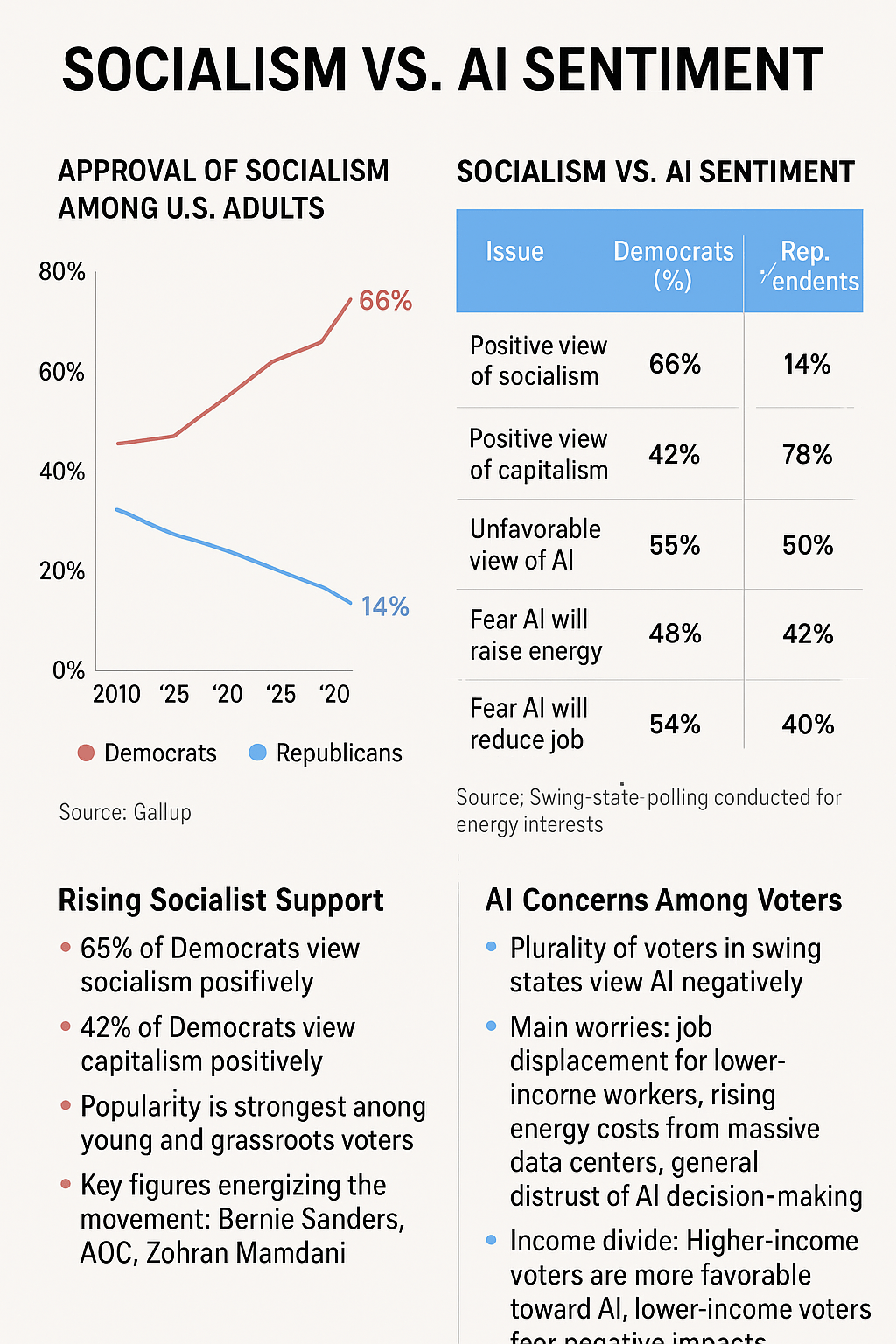The U.S. Navy’s recently released 2020 Budget Request and new Long-Range Shipbuilding Plan have created controversy and numerous questions from Congress and defense analysts. Most significant is the decision to retire several ships early while delaying other shipbuilding programs to prioritize the funding of platforms and technologies that are presumably more distributed, lethal and survivable; such as attack submarines, unmanned systems, directed energy weapons, artificial intelligence, and hypersonic missiles.
While having the potential to revolutionize warfare and the future fleet, most of these systems are still in their infancy, and the Navy is only now experimenting to assess their potential. While the decision to cancel the refueling of carrier USS Truman has garnered the most attention, the delay in two amphibious ship programs, the retirement of six guided missile cruisers and other decisions will have lasting effects on fleet size and the shipbuilding industry.

Although these and several other budget choices are portrayed as “investment decisions” not “warfighting decisions”, they will likely prevent the Navy from achieving the required number of aircraft carriers and amphibious warships over the next 30 years.
This causes some to argue that cuts in funding for these ship programs prior to the completion of the Navy’s new force structure assessment are premature and sends mixed signals on some of the Navy’s largest shipbuilding programs, which will have a profound effect on the Hampton Roads area.




Kinda' on a different note: Also curious about how Eastville will be compensated or supported if catches drop.
After reading this story I suppose that there are some advantages to going full tilt Cold Turkey...
The Eastern Shore is very easy to see on that ugly necktie.
Good overview and clear summary. Do you know if the commission provided regional breakdowns of the quota cuts and how…
I suspect that most citizens, both Democrat and Republican will be overjoyed that most of the obnoxious, over the top,…